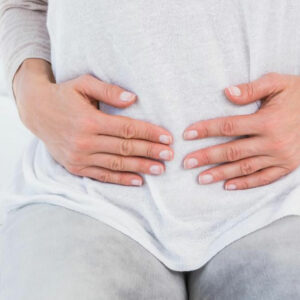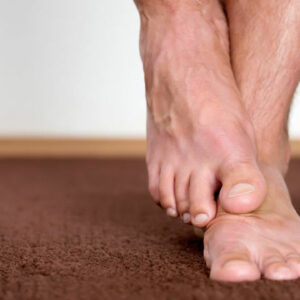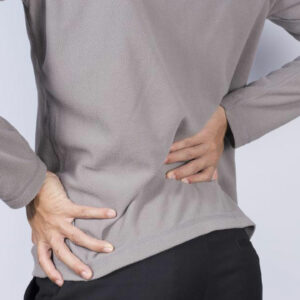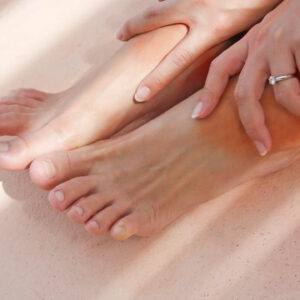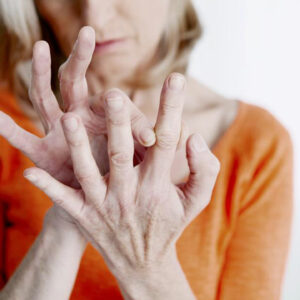
01
Know the Common Symptoms Of Rheumatoid Arthritis
More than 1.5 million people report cases of rheumatoid arthritis in America every year, and this condition is three times more common in women than in men. It is one of the most common diseases of the joints which generally occurs in aged people. However, there are simple ways you can recognize the symptoms of this condition before it gets worse. Read on to find out more about them. What is rheumatoid arthritis? Rheumatoid arthritis is a disease which results due to an adverse reaction of the body’s immune system. The immune system in your body is meant to protect you from dangers and illnesses, but in this case, the immune system mistakes the joints to be a threat and attacks them, resulting in an autoimmune disease. This condition affects a particular tissue which acts as a lining on the inner sides of your joints and causes swelling and pain in them. This tissue (called Synovium) is responsible for generating a fluid which lubricates the joints to keep them functioning smoothly. When the inflammation is left untreated, it causes damage to the cartilage, the tissues that cover the ends of your joints, and also the bone. This leads to loosening of joints making them unstable and painful. If this condition is diagnosed at an early stage, it is possible to reverse this loss in stability and get your joints to function properly again. It is important that you take care to not miss any of the symptoms of rheumatoid arthritis. If you experience any of the symptoms mentioned below, consult a doctor immediately. Common symptoms of rheumatoid arthritis Fatigue One of the most common symptoms of rheumatoid arthritis is fatigue, especially when there is inflammation. This occurs because your body reacts to the inflammation along with poor sleep, medications, and anemia.
Read More 
